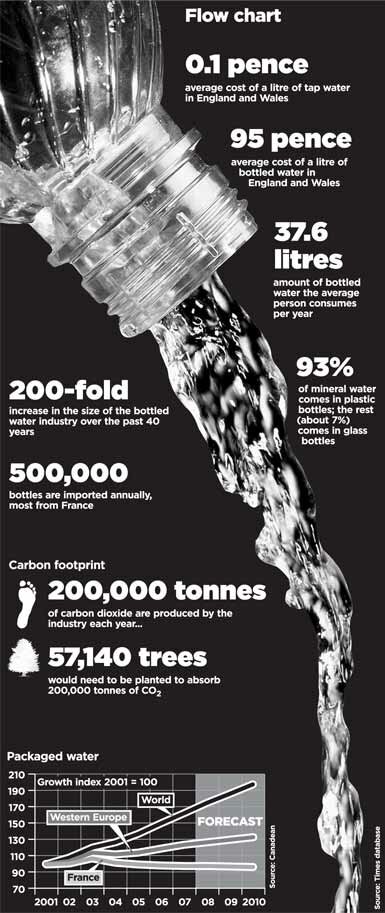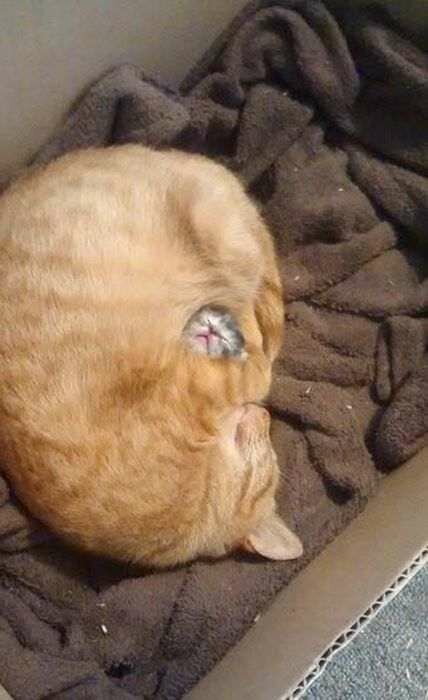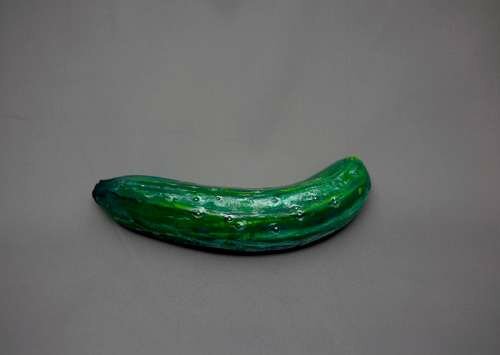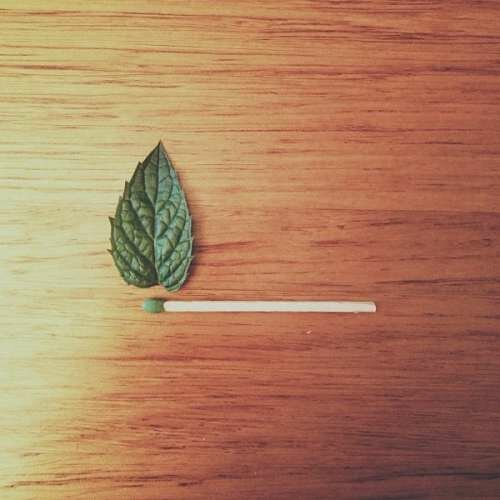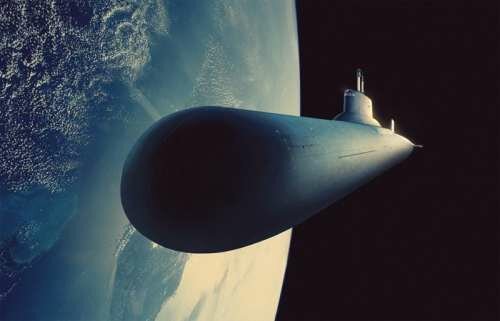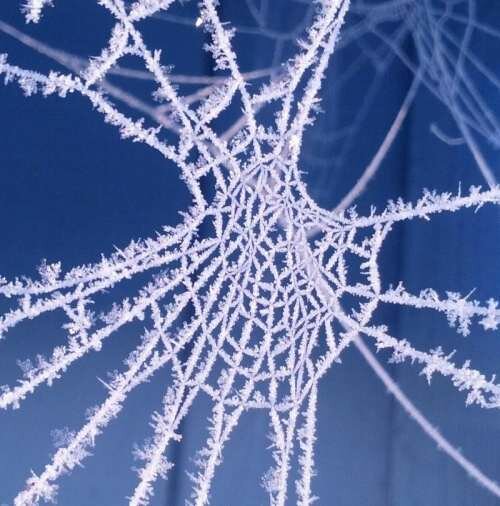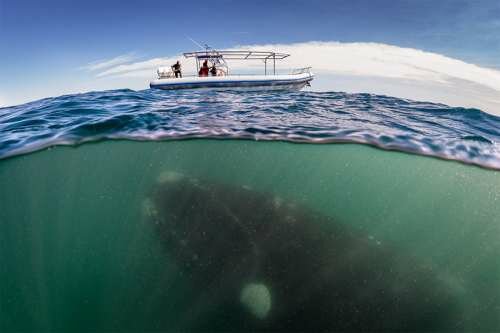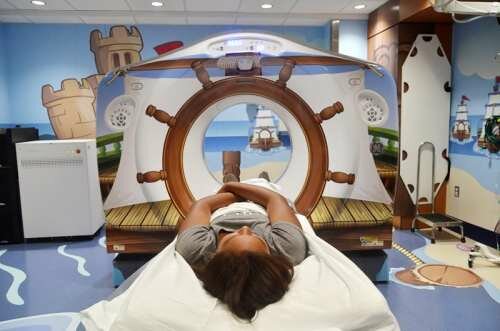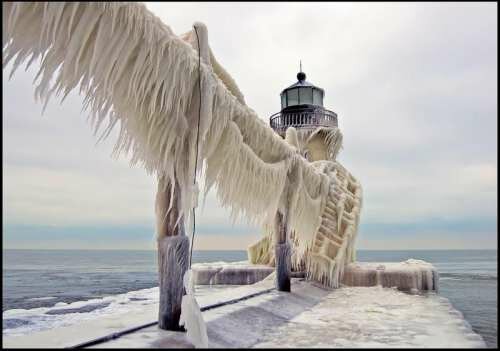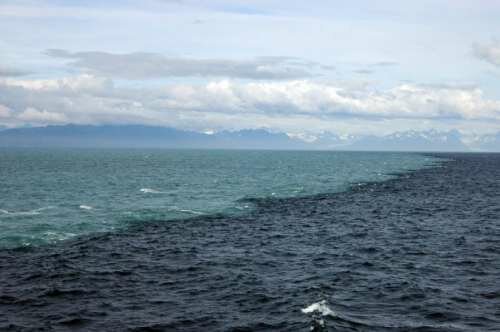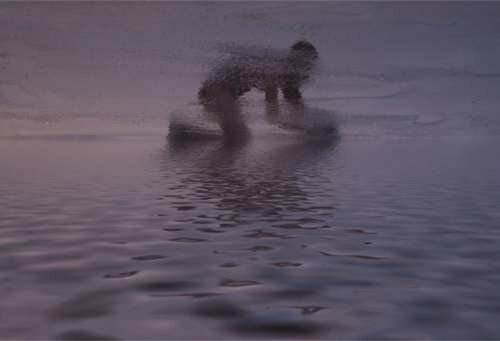|
|
||
Millions and millions of dollars are spent each week on advertising campaigns to give consumers the sensing that bottled water comes from some pristine mountain spring or magical underground aquifer, assuring purity and quality. Nonetheless, the fact is that bottled water is occasionally little more than just tap water in a bottle... sometimes worse! .
The authors of the WWF report advised that water bottles be washed and reused in order to lessen their negative impact on the environment the environment Unfortunately, reprocessing plastic bottles further compromises the quality of the water, due to the fact that more and more phthalate leaches its way into the water as the bottle gets older. In another suggestion, the authors recommended that bottled water companies use local bottling facilities in order to lessen fuel expenditures for transportation needs. Regrettably, local bottling further compromises water quality due to the reduced health standards for in-state bottled water production and consumption. It seems there is no feasible solution to this problem this problem The bottled water industry causes a severe strain on the environment, but solutions to this environmental damage significantly lessen the quality of water in the bottles.
The facts of bottled water


Many bottled water
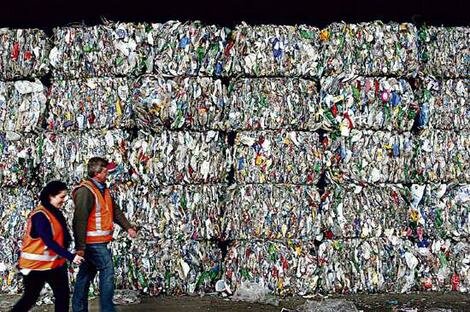
Every day millions of plastic water bottles are being discarded... contaminating our precious natural resources. A single home water system can keep thousands of plastic bottles from ultimately contaminating our environment.
According to the National Water Quality Association, 56 % of all people are concerned about the quality of municipally treated tap water. This, along with the desire for better-tasting drinking water, has fueled tremendous growth in the bottled water industry. We can all remember, not too long ago, when the bottled water section at the grocery store consisted of a very small allotment of counter space, primarily devoted to a few gallon jugs of distilled water. Today, bottled water enjoys a major section of the beverage aisle and the prestige of being the fastest-growing segment of the entire beverage industry, not to mention the most profitable.
Flow Chart of bottled water
